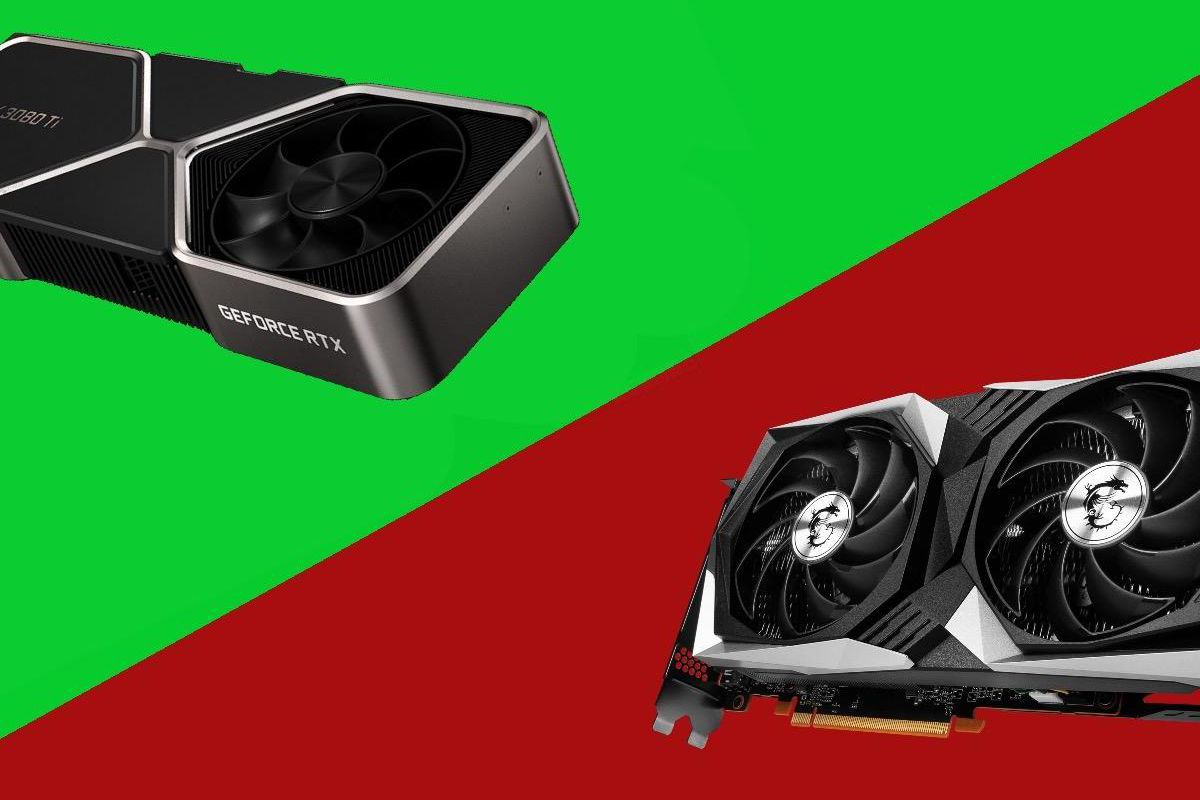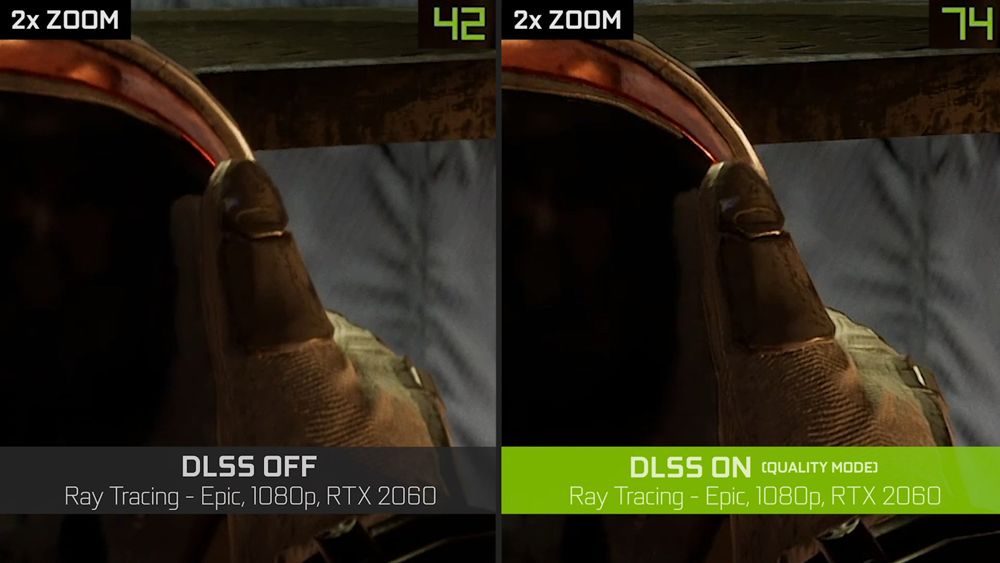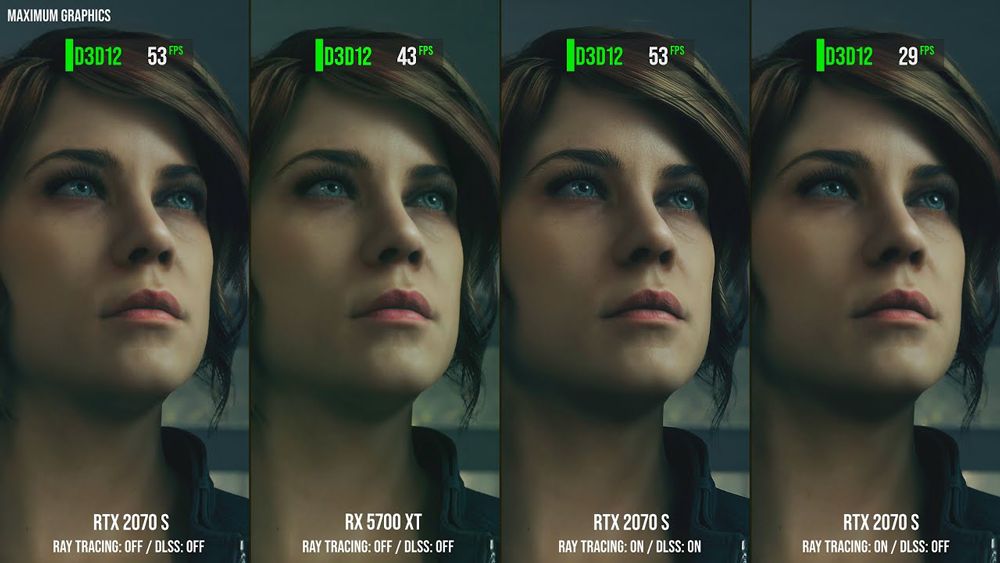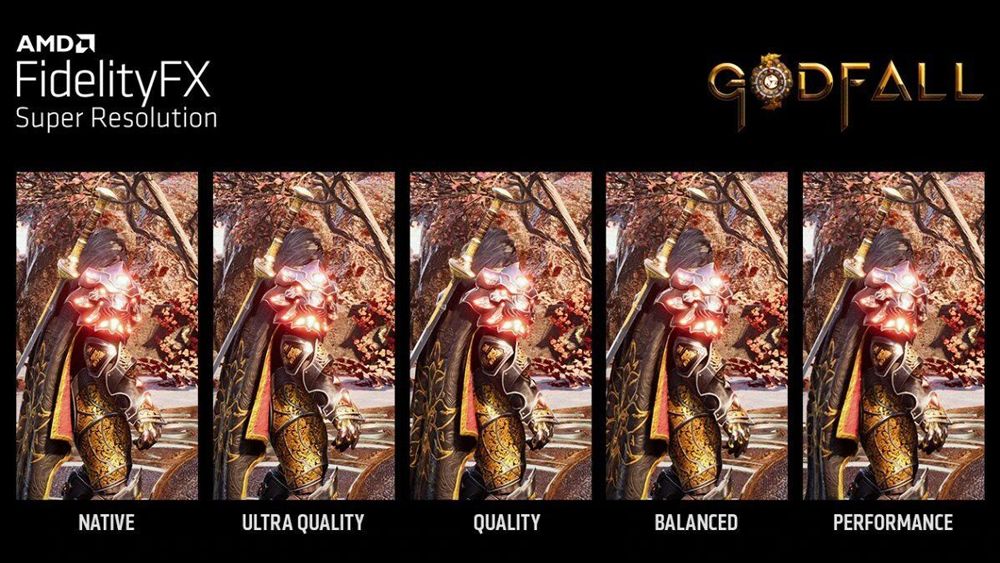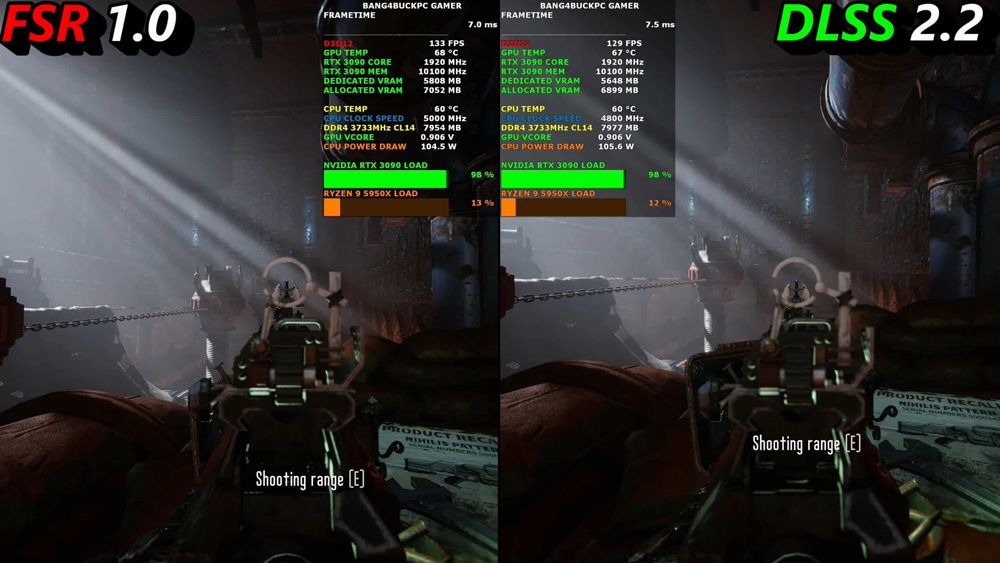Comparison Of Dlss 2.0 And Fsr: Nvidia And Amd Technologies To Improve The Gaming Experience
The Two DLSS And FSR Technologies, Developed By Nvidia And AMD, Are Designed To Increase The Resolution, Resolution, And Detail Of Games, As Well As Enhance Their Firmware.
Dlss 2.0 And Fsr: In the following, we will explain how they work, the similarities and differences, and the advantages and disadvantages of these two technologies.
Nvidia’s Deep Learning Super Sampling (DLSS) technology has been prevalent in the gaming industry in the last two years. It has achieved many achievements such as increasing the resolution, increasing the frame rate and even increasing the overall quality of the games. The presence of DLSS technology in games that support this technology increases the game’s original quality compared to the original image resolution.
In fact, this technology is the golden trump card of Nvidia RTX 20 and RTX 30 series graphics cards with the ability to support artificial intelligence against graphics cards similar to AMD. It has also increased the sales of these graphics cards.
But AMD entered the fray with the AMD FidelityFX Super Resolution or AMD FSR in June 2021. Released in response to Nvidia’s DLSS technology, this technology significantly enhances graphics card performance with similar performance without the need for computing power on the user’s computer. AMD FSR technology uses a series of open-source algorithms to increase resolution and strengthen the firmware
In this article, we will explain everything you need to know about this technology and explain the key differences between the two technologies.
What are NVIDIA DLSS and DLSS 2.0 technology?
NVIDIA’s DLSS or Deep Learning Super Sampling technology is one of the most widely used new technologies in Nvidia’s high-end GPUs. Super Sampling is not a new concept; But the advent of DLSS technology and DLSS 2.0 technology, introduced in 2020, took the technique one step further; To understand how DLSS works, let’s first look at what Super Sampling is.
Simply put, Super Sampling allows you to play images at a higher resolution than the original monitor resolution; For example, using this technique, you can make the 4K image smaller and play it on a Full HD display, which makes the game images clearer and more detailed. On the other hand, Super Sampling significantly increases the average frame rate and even works well when combined with Nvidia’s Ray Tracing technology.
Undoubtedly, every gamer will get acquainted with DLSS after it and think that he can play old games with more clarity and detail by using graphics cards with this feature; Unfortunately, this is not possible; Because the games themselves must support this technology.
To enable DLSS support in games, their image frames must convert to frames Nvidia calls Perfect Frames. In the next step, excellent frames are provided to the supercomputer and its neural network for analysis.
Excellent frames are initially low-resolution images, and their primary purpose is to smooth the edges of the images using the Anti Aliasing technique. Still, in the next steps, image processing is done to increase the resolution of the images using pixels created by artificial intelligence to obtain a higher resolution image. In this process, low-resolution frames are compared with their counterparts with a higher resolution. During the operational work, a frame using a low-resolution frame is performed.
This process is repeated thousands of times to make Nvidia AI learn how to upgrade frames instantly and instantly. The data obtained from this process is provided to Nvidia GPU and tensor cores with artificial intelligence support by updating the drivers; Therefore, it can say that updating the drivers of new graphics cards is very important.
With the advent of DLSS 2.0 technology, positive changes have been made to the process. Instead of providing the necessary information to games through a single network, it uses a large network to transfer information to all games.
In fact, DLSS enables AI to use image enhancement data in processed games to enhance the image of another game (and even content other than the game). To improve the image of different games, each game does not need to be analyzed separately by Nvidia supercomputer and neural network; Of course, this huge network does not automatically make the images of all the games that support DLSS automatically upgrade, but only allows the images of the games to be upgraded more easily and quickly with the help of DLSS.
Nvidia claims that the resolution of images can be increased up to 4 times with the help of DLSS without dropping frames! In fact, with the help of this new Nvidia technology, the firmware can be continuously enhanced while playing the game. This makes it possible to render the image in 4K on a 1080p display, thanks to Nvidia’s artificial intelligence capabilities.
DLSS can even render images of games with a resolution of less than 720p, with a resolution of 1080p and high resolution, which is a great advantage. Nvidia has provided users with a choice of three different modes for using DLSS, including Performance, Quality, and Balanced, and users should tailor the content to enhance the resolution. Have to choose one of these three modes to provide the necessary information to artificial intelligence.
Thanks to DLSS, even if you do not run the game on a 4K display, you will still see details that go beyond the details of 1080p content. Of course, to benefit from DLSS technology, in addition to selecting games that support this feature, you must also use Nvidia RTX 20 or RTX 30 series graphics cards equipped with tensor cores.
What is AMD FSR technology?
As mentioned earlier, AMD developed this technology in response to Nvidia’s DLSS technology. Both technologies are designed to achieve a design goal, but are they fundamentally different?
As we said, DLSS technology creates to enhance the image based on artificial intelligence and the supercomputer and Nvidia neural network that has been integrated. Still, FSR technology is based on spatial image enhancement algorithms. AMD claims that using this technology does not require the system to be trained to improve the image resolution of each game or to have access to data such as frame-related information and adjust the resolution of images without the need for training or access to specific access information. Need to double or quadruple.
The spatial algorithm used to enhance the image resolution first detects the edges of the source image and then recreates these parts in high resolution. This allows the algorithm to increase the resolution and resolution of the image compared to the original image resolution in a short time.
FSR technology can be divided into two main stages: the Edge-Adaptive Spatial Upsampling stage and the Robust Contrast-Adaptive Sharpening stage.
In the first step, the algorithm detects the edges and reproduces them at a higher resolution. The algorithm also detects the intensity of Gradient Reversals, which means detecting how the intensity of adjacent colors varies. Inverse color intensity refers to a phenomenon in which the color intensity decreases with increasing image depth.
In the second step, the details of the pixels of the images, whose resolution has been improved, are extracted, and finally, the image is created, which seems to have a high resolution and a lot of details.
In its new technology, AMD has used an image enhancement approach based on the use of space algorithms, and this shows that the use of FSR will not limit to the new graphics cards that have just been released.
Most AMD graphics cards can take advantage of this technology in the games they support (or even all of them); From Radeon RX Vega series graphics cards to the brand new RX 6000 series.
In other words, users who can not afford to buy new Nvidia DLSS graphics cards can use similar technology by purchasing cheaper AMD graphics cards and even Nvidia graphics cards that are less expensive than RTX 20 or RTX 30 series graphics cards. کردن. It is interesting to note that FSR technology is fully compatible even with Nvidia’s new graphics cards.
Fortunately, AMD’s new technology is not limited to PC titles. According to reports, developers of games for the Xbox X-Series and S-Series consoles with graphics cards based on the RDNA microarchitecture can also support the technology in their titles.
The possibility of using FSR in Microsoft ninth-generation consoles can play an important role in enhancing their performance; Especially the Xbox S, which is Microsoft’s ninth-generation base console. This technology can also allow the release of titles with 8K resolution for this console.
The algorithm used by AMD supports DirectX 12, Direct X11, and Vulkan application programming interfaces and can be used on a variety of platforms without any restrictions from AMD. Such an advantage allows developers to use the technology in any way they see fit. This freedom of action can tempt many developers to build FSR support in their titles, But many currently do not support this feature.
Of course, the same thing happened with DLSS, and when it was first introduced, not many games supported it; But now, a lot of titles have this feature; Therefore, the number of games with FSR support may increase in the coming months.
DLSS 2.0 and FSR differences
Although both technologies enhance the overall image quality, resolution, and frame rate of images, they are quite different. In its technology, Nvidia uses its supercomputer and neural network, and local artificial intelligence to increase the game’s image resolution and its firmware. Still, AMD uses a spatial algorithm to achieve similar results.
This structural difference indicates that Nvidia’s new technology can only use in GPUs equipped with sensor cores, namely RTX 20 and RTX 30 series graphics cards. Still, all graphics cards of any size and shape, including older Nvidia graphics cards that do not support DLSS technology, can use FSR technology.
Using the first version of DLSS required processing individual games individually, which slowed it down; But DLSS 2.0 processes all games simultaneously; For this reason, it has a better performance than the first version, and the images rendered with it in some cases, compared to the images rendered with the first version, have a better resolution than the original resolution of the game.
The second version of DLSS does not need to analyze the game frames to render the images. Still, it uses the information obtained from the analysis of frames of other games or even content other than the game, and this method increases the speed of its integration in the game.
Another major difference between DLSS and FSR is the amount of access to these two technologies. Nvidia completely controls DLSS technology; But FSR is a full-text technology, so developers can use it in all games and in any way they want; Therefore, increasing the resolution of images using FSR compared to DLSS can be done faster.
Of course, the compatibility of games with this technology is another important point that we must pay attention to; Even if FSR is superior to DLSS, it can not be considered an application technology if none of the games support it.
Currently, the number of games that support DLSS 2.0 is much higher than the number of games that support FSR, and their number reaches more than 60 titles, including Call of Duty: Warzone and Cyberpunk 2077, which are on the PC platform from DLSS. Support; In contrast, only 11 games support FSR. Resident Evil Village and Evil Genius 2 currently support the technology, and support for Far Cry 6, Baldur’s Gate III, Myst, and several other games have been confirmed in the future.
In general, if you think DLSS 2.0 is a better technology with AI capability, you can only use Nvidia RTX 20 or RTX 30 series graphics cards. Still, if you are a fan of AMD graphics cards or can not afford to buy Nvidia RTX 20 or RTX 30 graphics cards, you have to use the older graphics cards of this brand; you should choose games that support FSR so that you can increase the clarity and detail of the games. And also enjoy strengthening their firmware.










